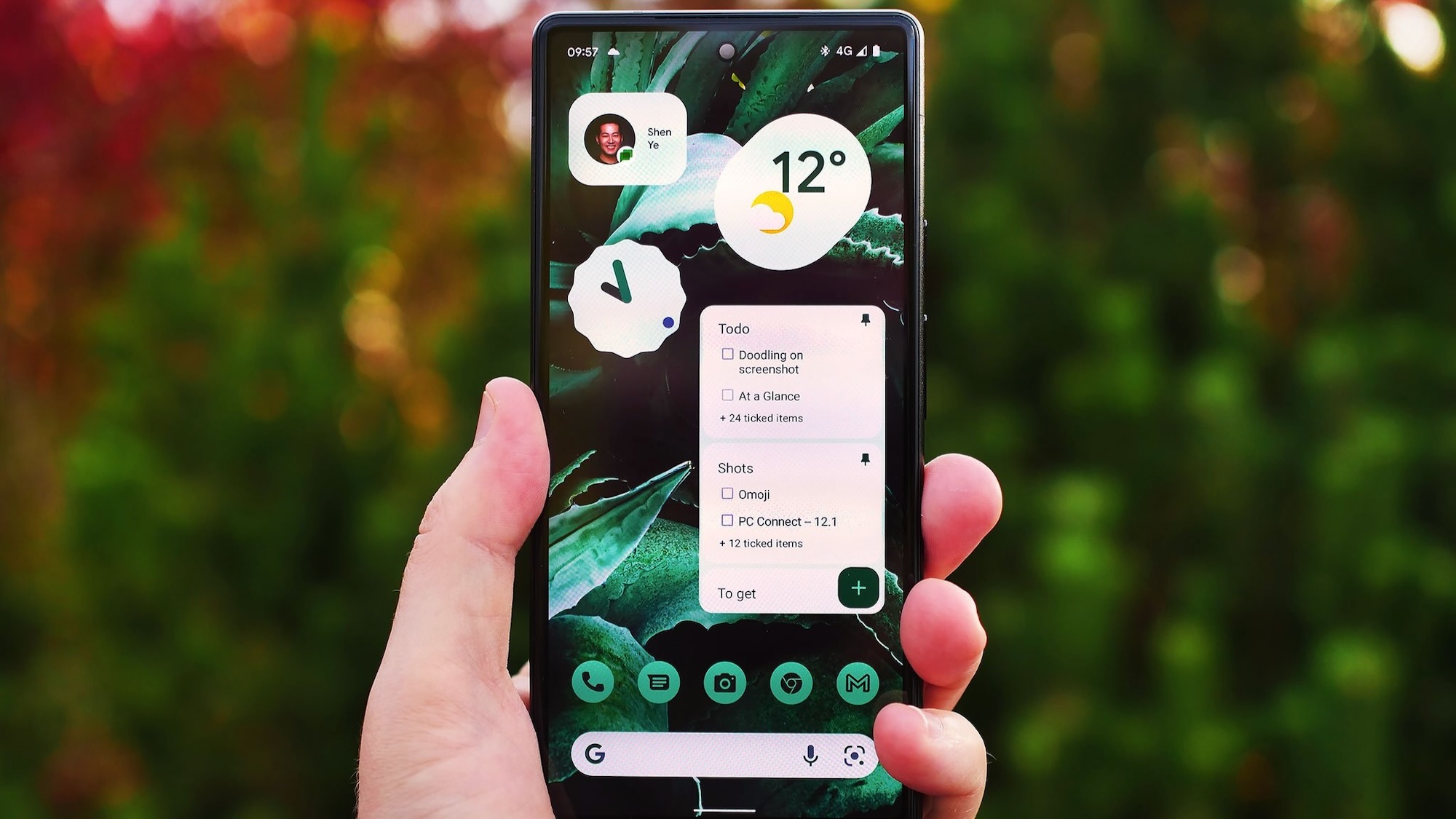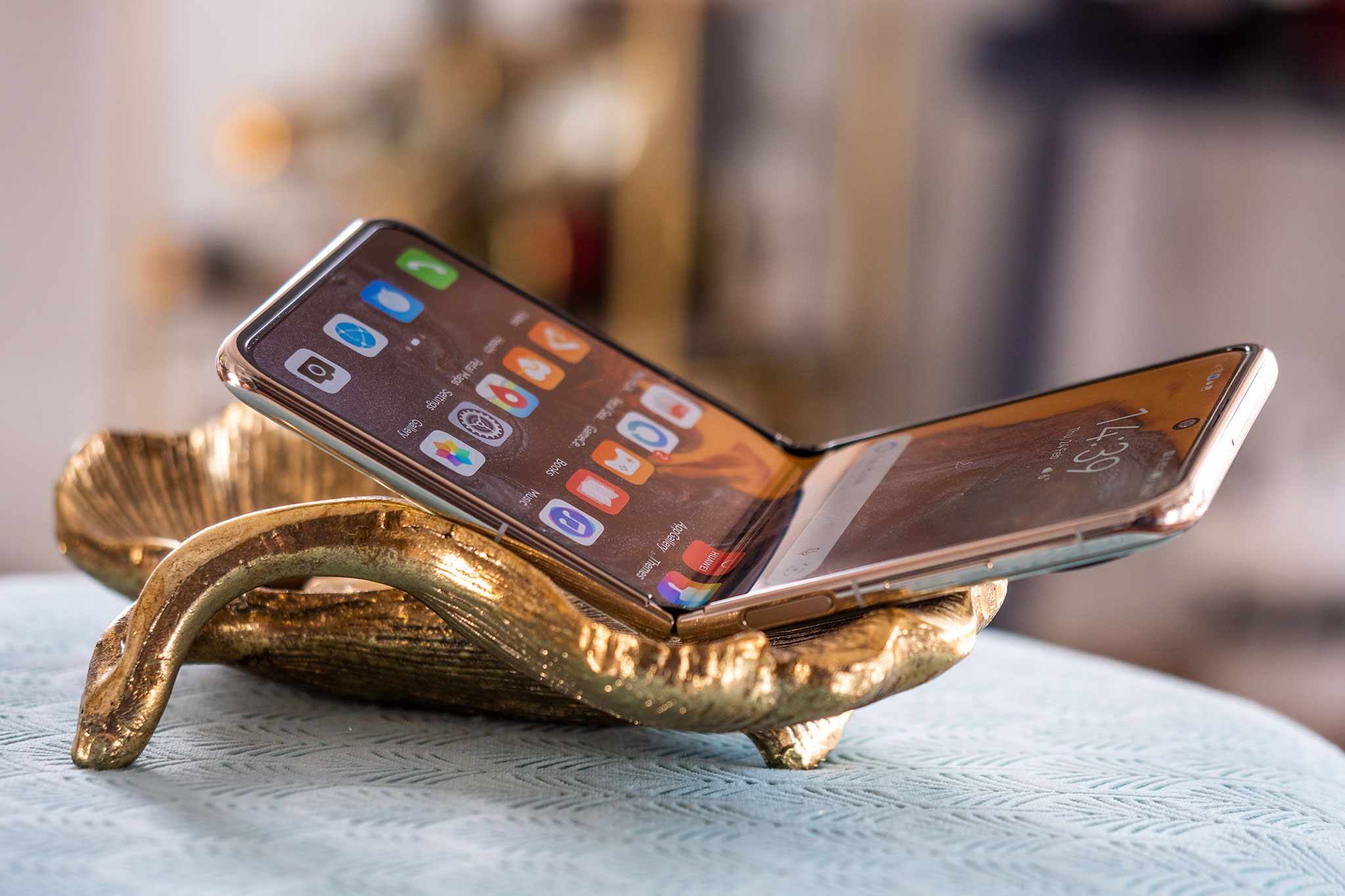The case for a Google Pixel Flip
What if Google built a different kind of foldable?

The Pixel Fold, it seems, won't be with us anytime soon. The Google foldable, already delayed at least one year since the company scrapped its smaller "Passport" foldable last year, reportedly won't launch until sometime in 2023.
In the meantime, Pixel fans will have to make do with the upcoming Pixel 7 series. And while these may turn out to be two of the best Android phones of the year, the lack of a Google-designed foldable this release cycle is nevertheless disappointing. Foldables will inevitably be a major sub-category of smartphones, and for another year buyers in the West have few serious options besides Samsung's Galaxy Z line.
But what if, once it arrives, the foldable Google phone doesn't come in just one form factor? To be clear, we don't have any specific information to suggest a smaller foldable Pixel is in development — our sources are only aware of the aforementioned Pixel Fold, which is a larger, Z Fold-like slab. However, there are a few compelling reasons that make us think Google should be seriously considering a flip-phone foldable if it isn't already.
Price is a major factor in any premium smartphone, and Google has mainly gotten this right with the past couple generations of Pixels. Even the top-tier Pixel 6 Pro has been priced to bring serious heat to more expensive competitors, especially with recent discounts in some countries. As Samsung has shown with the Galaxy Z Flip 3, the clamshell form factor makes it possible to produce a foldable with high-end specs that sells for less than $1,000.
Pixel-perfect hardware

The (abandoned) 2022 Pixel Fold design featured Pixel 5-level cameras — a 12-megapixel main shooter and 16-megapixel ultrawide camera — hardware that Google knows very well, and which is being incorporated into the upcoming Pixel 6a. This would be one obvious area to cut down on the bill of materials while still providing a great camera experience. Devices like the Pixel 5a have shown that this sensor can compete strongly with many of today's best phone cameras, when it's backed up by Google's image processing know-how.
Huawei's P50 Pocket also demonstrates some other cost-cutting measures Google could introduce to make a potential Pixel Flip as affordable as possible: A 90Hz display offers most of the benefits of a quicker 120Hz panel with a less extreme battery draw, while also being cheaper. A less power-hungry panel would also allow a Pixel Flip to run for longer on a relatively smaller battery — the P50 Pocket can easily last a full day on its 4,000mAh cell.
Then there's the outer display. Smaller foldables typically offer some limited functionality when they're closed — everything from quick app shortcuts and a basic viewfinder on the Huawei P50 Pocket right up to miniaturized versions of full Android apps on the Motorola Razr.
Get the latest news from Android Central, your trusted companion in the world of Android
Google's experience with ambient display modes on other handsets, as well as smart home devices like the Nest Hub line, could help it build a unique experience for Pixels around this smaller outer display. A simple, swipeable interface covering media playback, smart home controls and device settings already exists elsewhere in Google's device portfolio. There's no reason it couldn't be adapted to work on a foldable Pixel's cover display.
Small phone, big ideas

A Pixel Flip would also compensate for something that's been lacking from Google's hardware lineup since late 2020 — a truly small Pixel flagship. While the upcoming Pixel 6a is set to feature a smaller footprint than the regular Pixel 6, it'll still be bulkier than the likes of the Pixel 4 and Pixel 5. Much of the appeal of a clamshell Pixel would be that it could still offer a large display area that most consumers want, while more easily fitting into a pocket or handbag. That's not something you can necessarily say about larger foldables, which tend to pack additional heft in all dimensions.
Samsung has demonstrated the mainstream appeal of small, horizontally-folding smartphones with its Z Flip line, and Google would be foolish to ignore this category of foldable. Google's experience with phone hardware, and its recent success with the Pixel 6 series, suggests it could easily bring the best of Pixel to this new and compelling form factor. And with the right hardware and features, and priced sensibly, such a phone could even prove to be more popular than the Pixel Fold we know Google is planning to release in the coming year.

Alex was with Android Central for over a decade, producing written and video content for the site, and served as global Executive Editor from 2016 to 2022.
